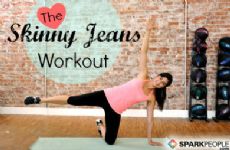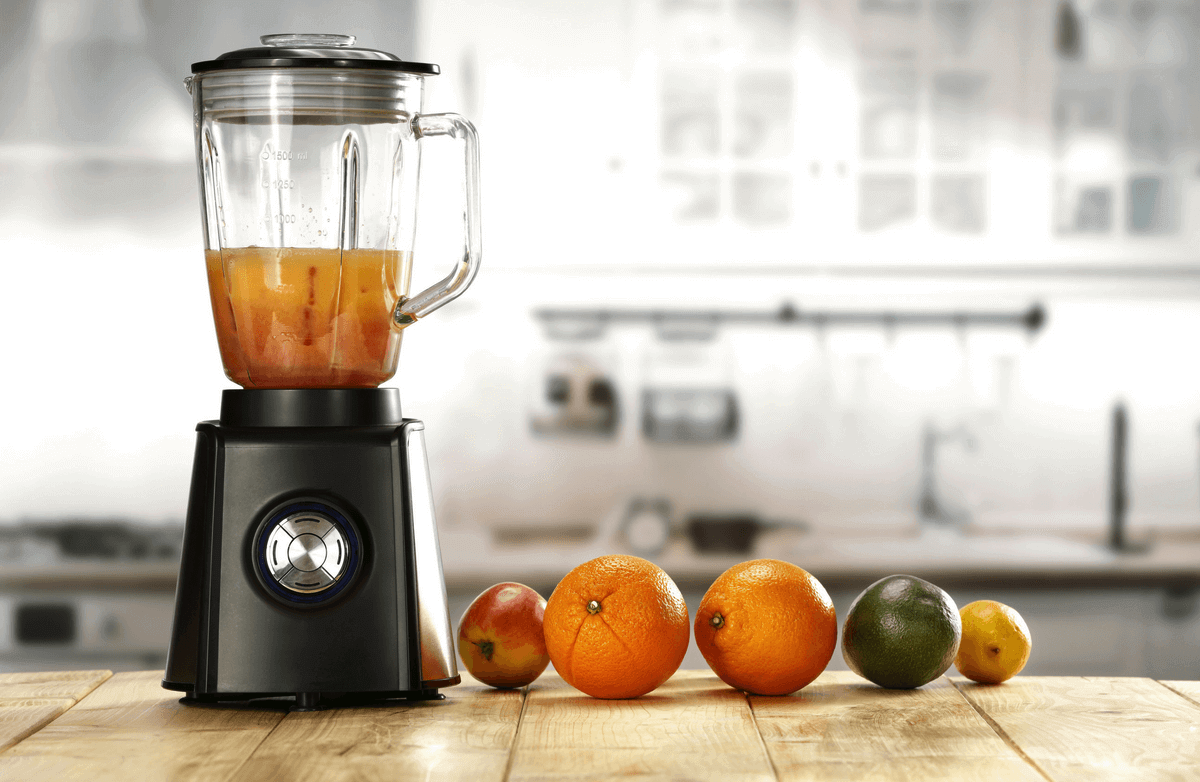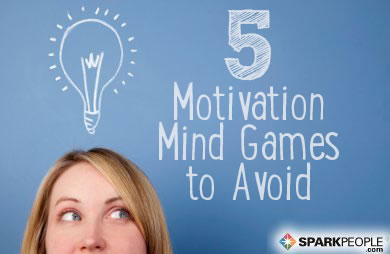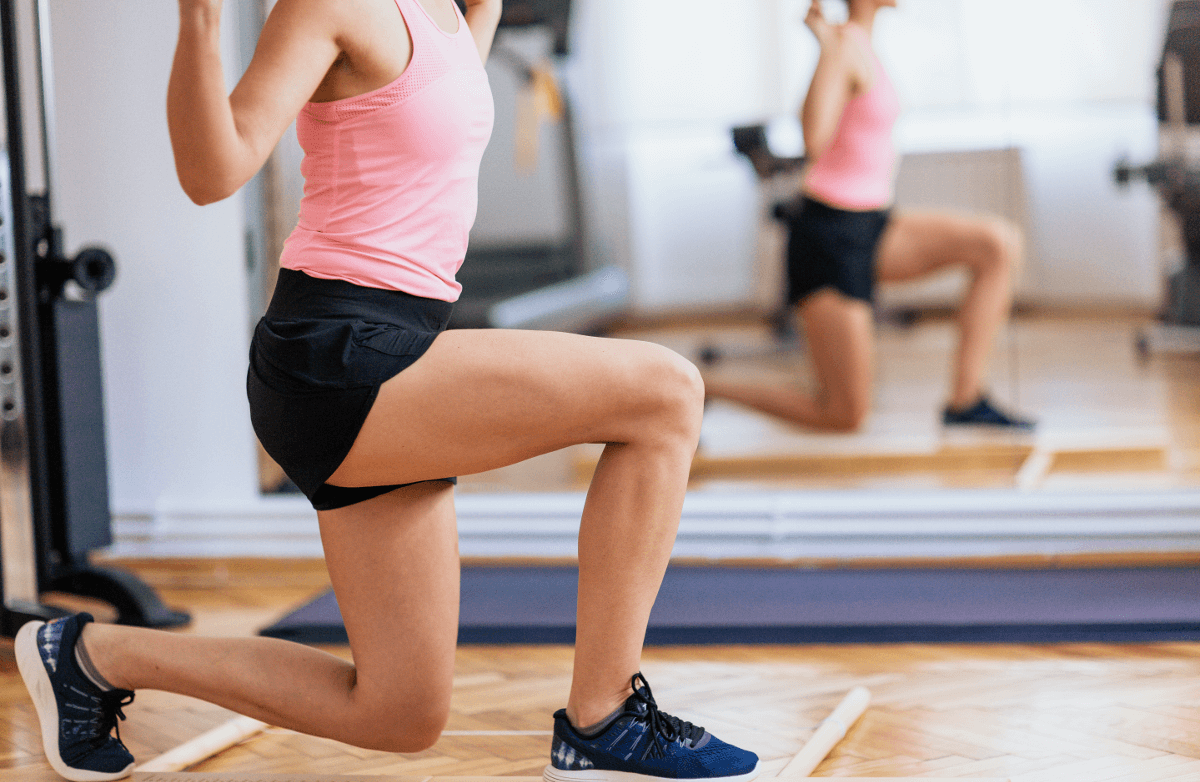|
These days, yoga classes are more popular than ever. The practice is popping up in gyms, schools, and even some stores, not to mention actual yoga studios! With so many varieties offered, how do you know which practice is right for you? Even for a veteran yogini such as myself, it can be difficult to keep them all straight, and my own students and friends often ask me to compare the different styles. There's no time like the present to begin a yoga practice, which I firmly believe can benefit every single person regardless of age, fitness level, or physical ability. That which we know as yoga is but one limb of the practice--asana. The benefits are bountiful and deep and do not require you to be physically fit or flexible. Most yoga studios allow you to take your first class for free any time of year. You can also find donation-based or community classes at most studios, and if you live near a Lululemon, those stores offer free yoga classes, too. Here is a list of 12 of the most common varieties of yoga. I offer a short description of each branch, along with guidance on who might like such classes--and who might not. If you hate to sweat, for example, Bikram and other hot classes aren't for you. And if you want to move and get strong fast, you might not feel satisfied in a Yin class. And, since many of the branches overlap, I include a list of other forms of yoga you might like. .jpg) AnusaraWhat to expect:An emphasis on proper alignment and catering the pose to the student. Props are used often, and partner work is common. Students are encouraged to get in touch with their emotions. Expect plenty of heart-opening poses and more talking than in other classes. Music is common in Anusara classes. Good for: Those looking to use yoga as therapy or who want an emotional yoga experience. Those who want to focus on alignment. Those looking for a positive, lighthearted environment. Avoid if: You don't want to talk about your feelings. You don't want to touch your fellow students. You might also like: Iyengar for the alignment. Jivamukti for the spirituality. AshtangaWhat to expect:Six series of set postures traditionally taught one pose at a time, in the style of Sri K Pattabhi Jois. In the US, most classes focus on the Primary Series, which is adaptable for beginners but is challenging for those who aren't exercising already. Students often work at their own pace (called Mysore-style) with the teacher assisting and teaching new poses as previous ones are mastered. Focus is on breath, bandhas (energy locks), and drishti (fixed gaze points), and poses are linked--no pausing in between. The series can be customized to suit any body type at any level. Expect led classes to move at a rigorous pace with "vinyasas" (plank-chaturanga-up dog-down dog transitions) between poses and plenty of hands-on attention from the teacher. No music. Each pose is held for five breaths, and led Primary Series classes last 75-90 minutes, though beginners classes are often shorter. Props are not traditionally used, but many teachers will allow them. (This is the style I practice and the one I recommend for anyone interested in yoga.) "Ashta" means eight in Sanskrit, and "Ashtanga" yoga refers to the eight limbs of yoga. Good for: Anyone interested in yoga. Anyone who wants to learn a set series they can do at home. Avoid if: You want a slow, gentle yoga class. You have a current injury and are a beginner. (Advanced or intermediate yogis will feel comfortable adjusting as needed.) You have a shoulder injury (lots of low pushups). You might also like: Iyengar yoga for the attention to detail. Power yoga for the strength building. Jivamukti yoga for the spiritual practice. BikramWhat to expect:Rigid 90-minute classes consisting of 26 poses and 2 breathing exercises each held for a minute and repeated twice. Named after the founder, Bikram Choudhury, the practice is performed in a room heated to 105 degrees with 40% humidity. No music. (As a certified yoga teacher, I do not recommend heated classes.) Good for: Competitive types (Bikram yoga embraces the "yoga as a sport" movement). Avoid if: You are pregnant, have circulation issues, hate to sweat, like classes with music, or have high blood pressure. You might also like: Hot vinyasa yoga for the heat. Ashtanga yoga or Iyengar yoga for the consistency. Moksha yoga for the heat. HathaWhat to expect:Hatha yoga refers to any form of yoga that's gentle and slow-paced, usually well-suited for beginners. Good for: Anyone with mobility issues. Beginners. Seniors Pregnant women (with modifications) Avoid if: Anyone looking for a rigorous practice. You might also like: Classes called Kripalu, slow flow, restorative, gentle, or beginners yoga. IyengarWhat to expect:Both Pattabhi Jois, the founder of Ashtanga yoga, and B.K.S. Iyengar were trained by Krishnamacharya, known as the father of modern yoga. Iyengar yoga focuses on alignment, and poses are taught with an attention to detail. Props such as chairs, blocks, straps, and blankets are used for almost all poses, regardless of a student's level. Poses are often held longer than in other classes, and you might do the same pose various ways in the same class. Classes move at a slow progression. Iyengar classes can feel quite serious, but you will learn a great deal. Good for: Anyone interested in learning more about yoga, especially anatomy and alignment. Great for beginners, those recovering from injuries, and anyone with mobility issues. Appropriate for the young and old. Avoid if: You prefer a fast-paced class or one with music. You prefer your classes to be less serious. You prefer a more meditative environment. You might also like: Anusara for the alignment. Viniyoga for the attention to your body. Ashtanga yoga for the consistency. JivamuktiWhat to expect:Jivamukti yoga was founded by Sharon Gannon and David Life, two former Ashtanga teachers. The jivamukti practice retains the same intensity that Ashtanga does, with an emphasis on veganism and kindness toward all beings. Jivamukti means liberation while living, and the practice is spiritual and diverse. Expect to hear chants, music, and sometimes references to animal rights. Good for: Vegans and vegetarians. Those looking for a spiritual connection to their practice. Those looking for a rigorous practice. Avoid if: Meat eaters might not feel comfortable with this branch of yoga. All jivamukti teachers are vegan, and they are very vocal about their beliefs. You want a slow-paced practice. You might also like: Ashtanga, which is the branch that the Jivamukti founders first studied. Power yoga, which has the same physical demands without the spiritual aspect. KripaluWhat to expect:A gentle style that emphasizes moving at a pace that suits you, Kripalu is form of hatha yoga. The practice focuses on physical healing, meditation, and spiritual transformation both on the mat and off. Good for: Anyone with mobility issues Great for beginners Suitable for those looking for an individualized practice. Avoid if: Those looking for a more rigorous practice. You might also like: Viniyoga for a practice catered to your body. Any type of hatha yoga. KundaliniWhat to expect:Kundalini yoga focuses on linking breath and movement, with the intent of releasing energy from the lower body and sending it upward. The focus is on awareness and an increased consciousness to bring you closer to enlightenment. In yoga, "kundalini" refers to a coil of dormant energy that rests at the base of the spine. The aim of kundalini yoga is to awaken, harness and release this energy. This branch of yoga is very meditative and spiritual, and they move much more slowly than other classes with a focus on meditation and pranayama (breathing exercises). Good for: Anyone looking for a "deeper" spiritual connection to their yoga practice. Avoid if: Anyone who feels that this practice would conflict with their spiritual beliefs. Anyone looking for a purely physical experience. You might also like: Jivamukti for a more physical yet spiritual practice. Hatha or Kripalu yoga for a slower-paced practice with less focus on energy. PowerWhat to expect:This form of yoga is very active and athletic, and it was originally a westernized form of Ashtanga. It has since evolved to include different poses, though many of the Ashtanga poses remain. Power yoga includes additional strength moves and core work. Expect lots of "vinyasas" between poses, with plenty of handstands and other strength-building poses. Good for: Those who want a rigorous practice. Those looking for a challenge. Avoid if: Those who prefer a gentle yoga practice. Beginners. Those with limited mobility. You have a shoulder injury (lots of low pushups). You might also like: Ashtanga, which is the traditional practice that inspired Power yoga. Rocket, an offshoot of Ashtanga that adds hard poses early on. Vinyasa classes that flow at a steady pace. ViniyogaWhat to expect:Founded by Krishnamacharya's son, T.K.V. Desikachar, viniyoga is highly individualized with an emphasis on adapting every pose and every practice to suit a person's needs and abilities. The practice is often taught one on one and is sometimes referred to as "yoga therapy." It can be difficult to find viniyoga teachers, but I highly recommend checking out American Viniyoga teacher Gary Kraftsow's videos. My mother has degenerative disc disease and loves his DVDs, which I bought her after taking a workshop with him at the Yoga Journal Conference in NYC. Good for: Anyone with back pain. Those with mobility issues. Those recovering from an injury. Avoid if: You are looking for a group setting. You want a traditional class. You want to move quickly and sweat. You might also like: Iyengar yoga for the attention to alignment. Kripalu for the emphasis on individual practice. Ashtanga yoga for the attention to detail. VinyasaWhat to expect:Vinyasa yoga is the general term used for faster-paced "flow" classes. These classes can cross various schools of yoga, and they will move faster than a hatha class. Good for: Anyone looking for a faster-paced class. Anyone who gets bored easily with their fitness routine, as classes are rarely the same. Avoid if: Those extremely new to exercise should not take vinyasa classes (or be prepared to modify to suit your needs). Those with mobility issues. You have a shoulder injury (lots of low pushups). You want a slow, gentle workout. You might also like: Ashtanga for the flowing pace with no music and a preset series of poses. Power for the flowing pace and variety. Jivamukti for the flowing pace and spiritual aspect. YinWhat to expect:Also called Taoist yoga, yin yoga integrates principles of hatha yoga and qi gong, along with other aspects of Taoism. Yin yoga focuses on connective tissues (ligaments and tendons) rather than muscles. It does not focus on warming the muscles or moving quickly; rather it encourages long-held poses that foster relaxation. Yin poses are very passive and often done with props. Expect very long holds--five minutes or more. Good for: Those with mobility issues. Anyone recovering from an injury. Those looking for a restorative practice. Great for athletes looking for a way to repair overuse and gain flexibility. Good for beginners. If you meditate, this is a good practice for you. Avoid if: Anyone who wants a fast-paced class or who doesn't want to sit still. You might also like: Hatha (gentle or restorative) classes for the slower pace. Kripalu for the attention to the individual's practice. Viniyoga for the attention to the individual. |
Popular Entries
Related Entries
More From SparkPeople
|























